Acoustic monitoring is coming to the forefront as a powerful observation tool for detecting species presence, characterizing species behavior and interactions, and identifying instances of illegal human activities.
This course offers a comprehensive introduction to Passive Acoustic Monitoring (PAM) as a tool for studying wildlife and ecosystems. Participants will learn how PAM-derived data can reveal species presence, abundance, behavior, and ecosystem health, while also assessing the impact of human activity on wildlife. The course covers essential topics such as analyzing acoustic data, addressing detection challenges, using modeling techniques, and applying acoustic indices. Through hands-on activities and case studies, you’ll gain practical experience with real-world datasets. Whether you’re a researcher, conservationist, or anyone interested in wildlife monitoring, this course will equip you with the skills to effectively use sound data in ecological research.
Throughout this course, you will:
- Explore foundational principles of acoustic monitoring, bioacoustics, and ecoacoustics.
- Learn how to design and implement PAM surveys for wildlife research.
- Gain practical experience with data management, annotation, and sound analysis workflows.
- Master techniques for interpreting PAM data to uncover patterns in species presence, behavior, and ecosystem health.
- Tackle challenges in data analysis, including uncertainty and imperfect detection, using real-world examples.
By the end of this course, you’ll have gained the skills and knowledge to apply PAM in your conservation and wildlife research efforts.
Why take this course:
- Acoustic monitoring is becoming a powerful tool for understanding wildlife behavior, ecosystem health, and the impacts of human activities. This course will give you the knowledge to design, deploy, and analyze acoustic surveys, allowing you to unlock ecological insights using sound.
Who is this course for?
- These lessons are designed for students, early-career researchers, conservation practitioners, and anyone interested in using acoustic monitoring devices to monitor wildlife.
What do you need to know?
- This is a course for beginners, no previous experience with acoustic monitoring is required!
- A basic understanding of wildlife ecology, conservation biology, and basic data handling skills are helpful, but not mandatory.
- We will be using R Programming Language in several of our hands-on activities; prior familiarity with R is recommended, but you do not need to be an expert to follow along!
Lessons Outline
Welcome to the Introduction to Acoustic Monitoring course! Sound is a powerful yet often overlooked tool for studying wildlife and ecosystems. Our course will introduce you to the fundamentals of Passive Acoustic Monitoring (PAM) and how it is transforming conservation science. Through a combination of foundational theory and real-world case studies, you will:
- Explore the fundamental principles of bioacoustics and ecoacoustics, learning how sound can provide critical insights into species presence, behavior, and ecosystem health.
- Learn how to design effective monitoring surveys for collecting reliable, robust acoustic data to address different ecological questions.
- Gain familiarity with tools, practices, and principles for processing large acoustic datasets.
- Understand key approaches to analyzing and interpreting acoustic data.
Whether you're interested in tracking elusive species, assessing biodiversity, or monitoring ecosystem changes, this course will provide practical strategies to integrate acoustic data into your conservation work. By the end, you'll have the confidence to design and execute a PAM project tailored to your ecological research goals.
If you’re ready to go, let’s dive in!
Discussion
Use this space to ask questions, discuss with fellow participants, or share your thoughts after course completion.
Participants
Below are the WILDLABS members who have enrolled in and completed this course.

Spatial ecologist focused on landscape ecology and spatial modeling of biodiversity


Master student in Systemique Environemental Management.

I love the outdoors and writing code.

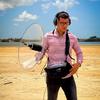
Designer, sound artist, and field recorder with a specialty in soundscape ecology.






Further Reading
There are numerous fantastic resources for acoustic monitoring, and the number grows by the day! Some of the readings that we have recommended throughout this course include:
- Passive acoustic monitoring in ecology and conservation
- Exploring animal behavior through sound
- Emerging opportunities and challenges for passive acoustics in ecological assessment and monitoring
- Passive acoustic monitoring training materials
- A roadmap for survey designs in terrestrial acoustic monitoring
- Passive acoustic monitoring training materials
- Designing effective survey and sampling protocols for passive acoustic monitoring as part of the national bat monitoring
- Recommendations for use of passive acoustic listening systems in offshore wind energy development
- How do I scale up acoustic surveys with AudioMoths and automated processing? [WILDLABS]
- Passive acoustic monitoring power analysis: a tool for designing an acoustic monitoring program
- Advancements in preprocessing, detection and classification techniques for ecoacoustic data: A comprehensive review for large-scale Passive Acoustic Monitoring
- Bioacoustics software database
- Emerging opportunities and challenges for passive acoustics in ecological assessment and monitoring
- Passive acoustic monitoring provides a fresh perspective on fundamental ecological questions
- Acoustic monitoring in terrestrial environments using microphone arrays: applications, technological considerations and prospectus
- Exploring animal behavior through sound: Fundamental data analysis tools and concepts for bioacoustical research














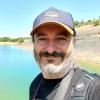
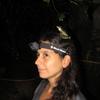


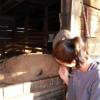
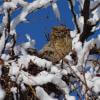











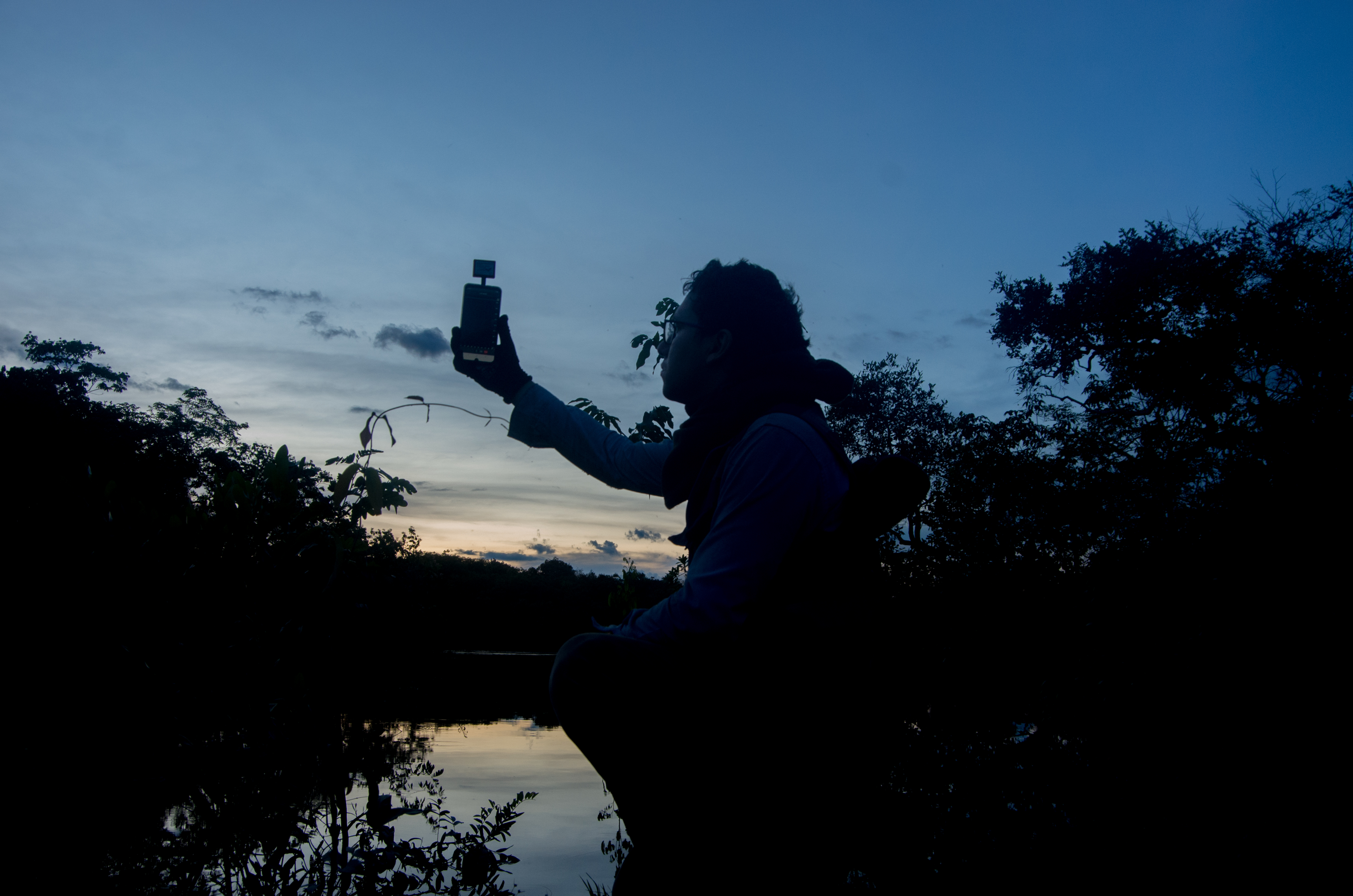



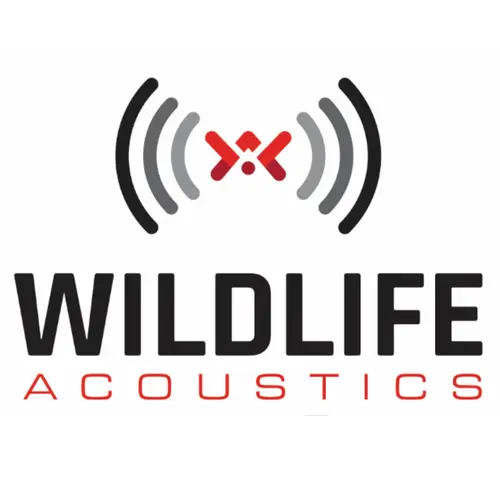







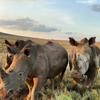





Latest Course discussion